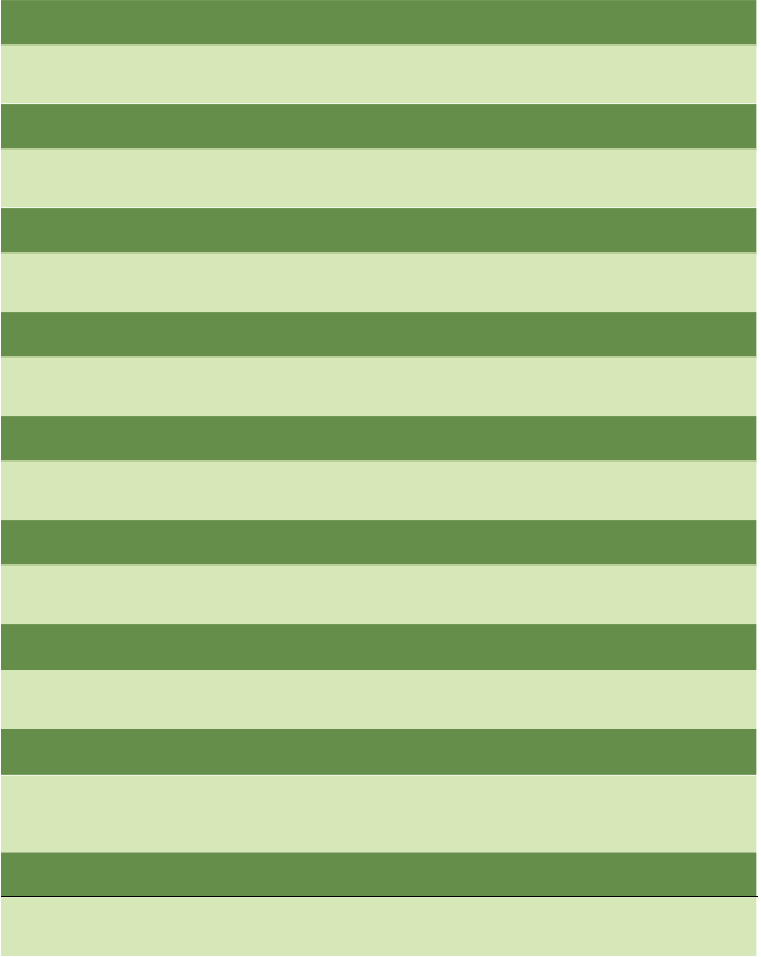Travel Reference
In-Depth Information
1958
The Great Leap Forward commences but plans to rapidly industrialise China result in a disas-
trous famine that kills millions of Chinese.
1966
The Great Proletarian Cultural Revolution is launched by Mao Zedong in Běijīng; millions of Red
Guards pack Tiān'ānmén Sq. From August to September, 1772 Beijingers are killed.
1972
US President Richard Nixon meets with Mao Zedong in Běijīng, marking a major rapprochement
during the Cold War, and the start of full diplomatic relations between the two countries.
1976
The death of Premier Zhou Enlai sparks protests in Tiān'ānmén Sq, an event that becomes known
as the Tiān'ānmén Incident. Mao Zedong dies in September.
1977-79
The 'Běijīng Spring' sees the first shoots of political freedom and the appearance of the short-
lived 'Democracy Wall' in Xīdān. Deng Xiaoping's reformist agenda starts in 1979.
1980
The one-child policy is enforced as a means of reducing the population; at the same time it im-
poses unprecedented control over the personal liberty of women.
1987
The Last Emperor
, filmed in the Forbidden City, collects an Oscar for Best Picture, and marks a new
openness in China towards the outside world.
1989
Democracy protestors fill Tiān'ānmén Sq. Běijīng imposes martial law and on the evening of 3
June and the early hours of 4 June soldiers clear the streets, killing hundreds (perhaps thou-
sands).
1997
Deng Xiaoping dies before having the chance to see Hong Kong returned to Chinese rule that
same year. The reconstruction of Běijīng is launched.









